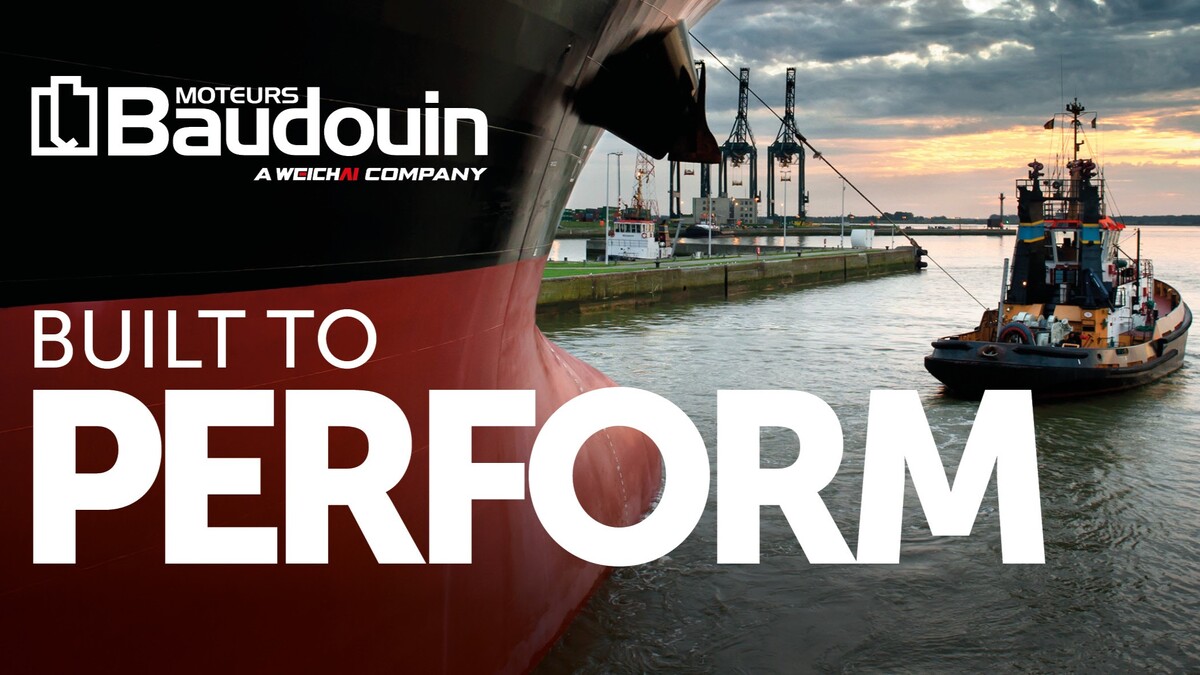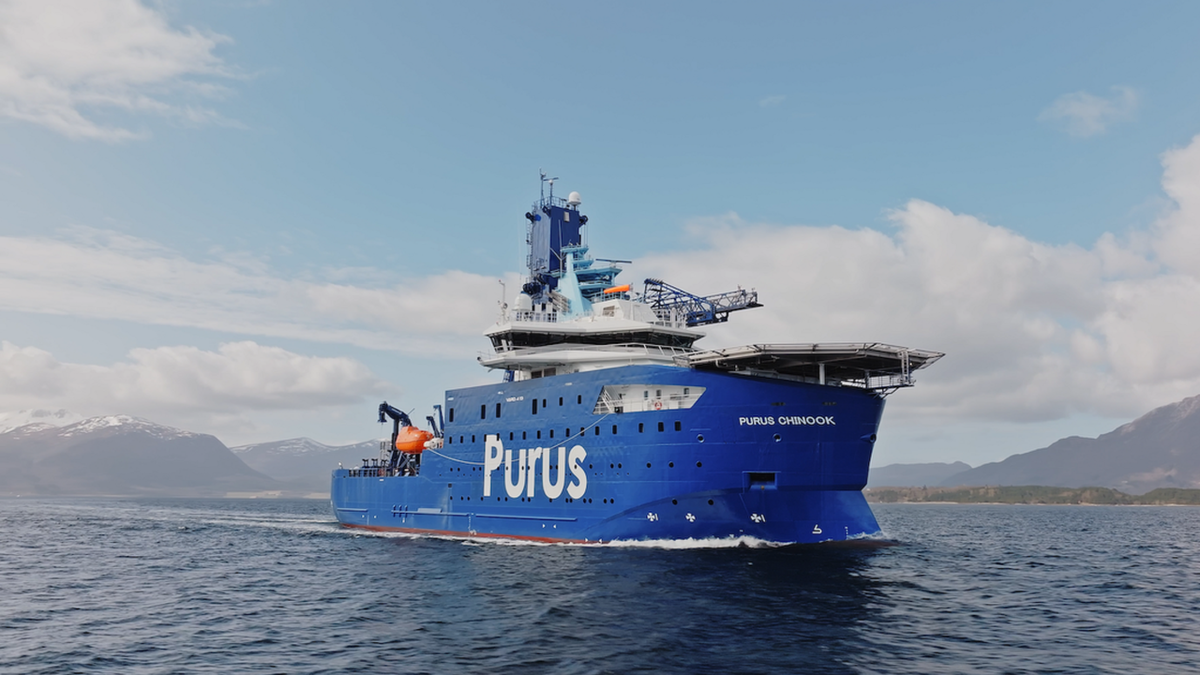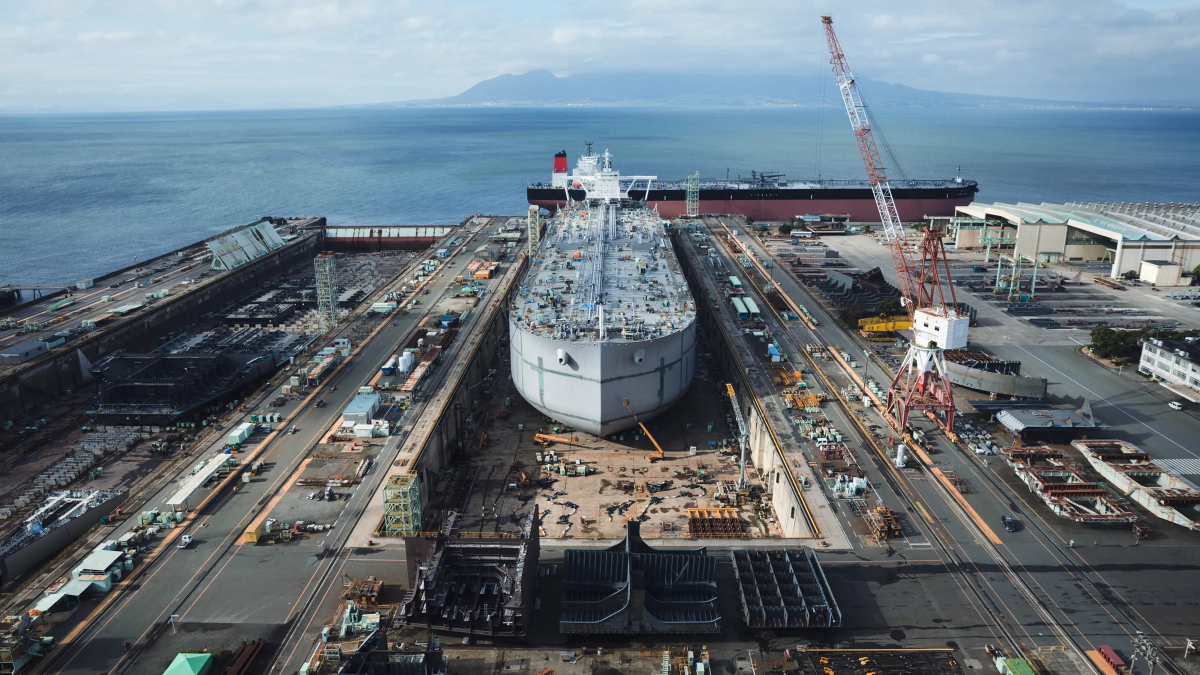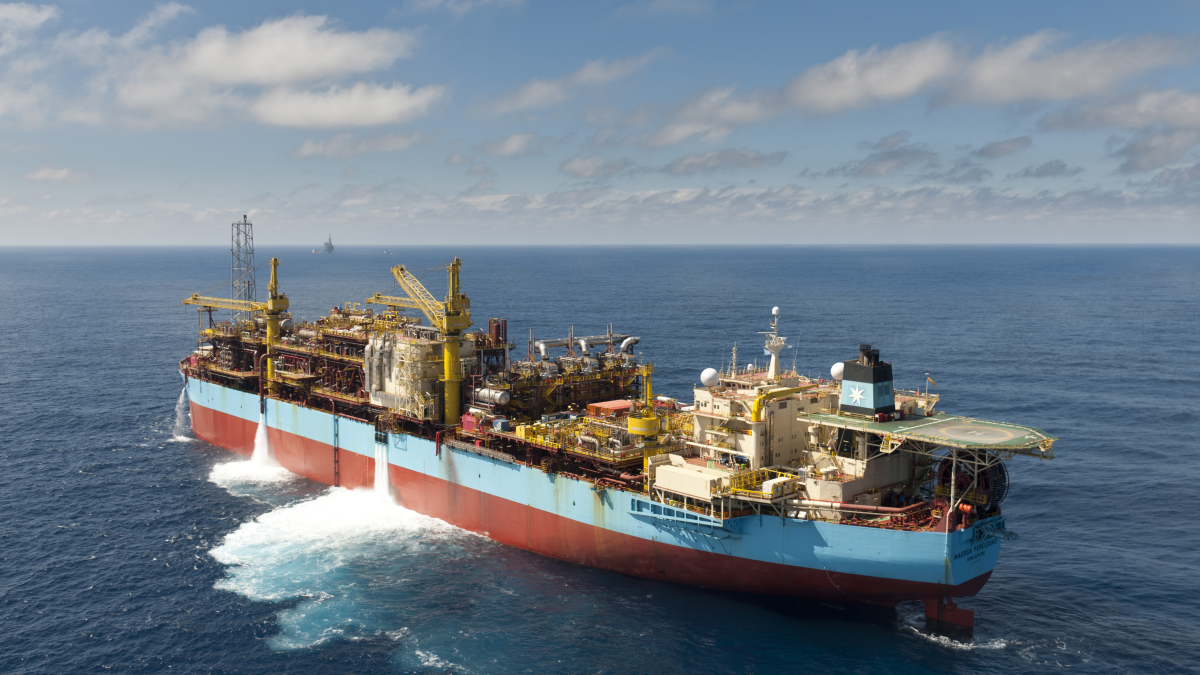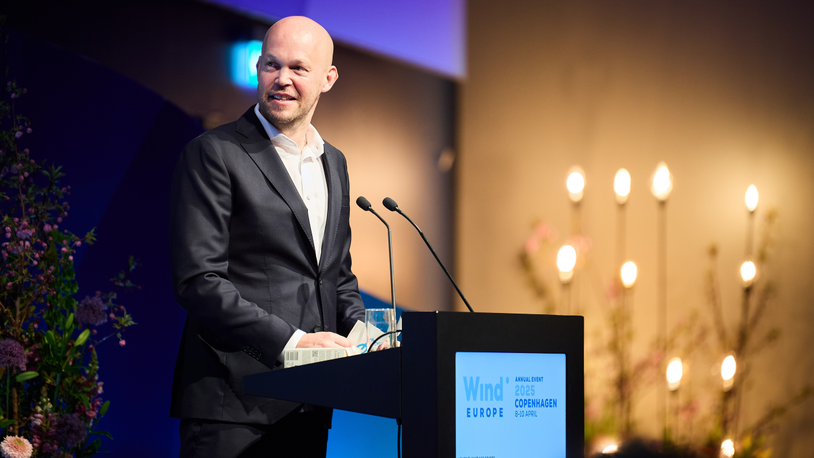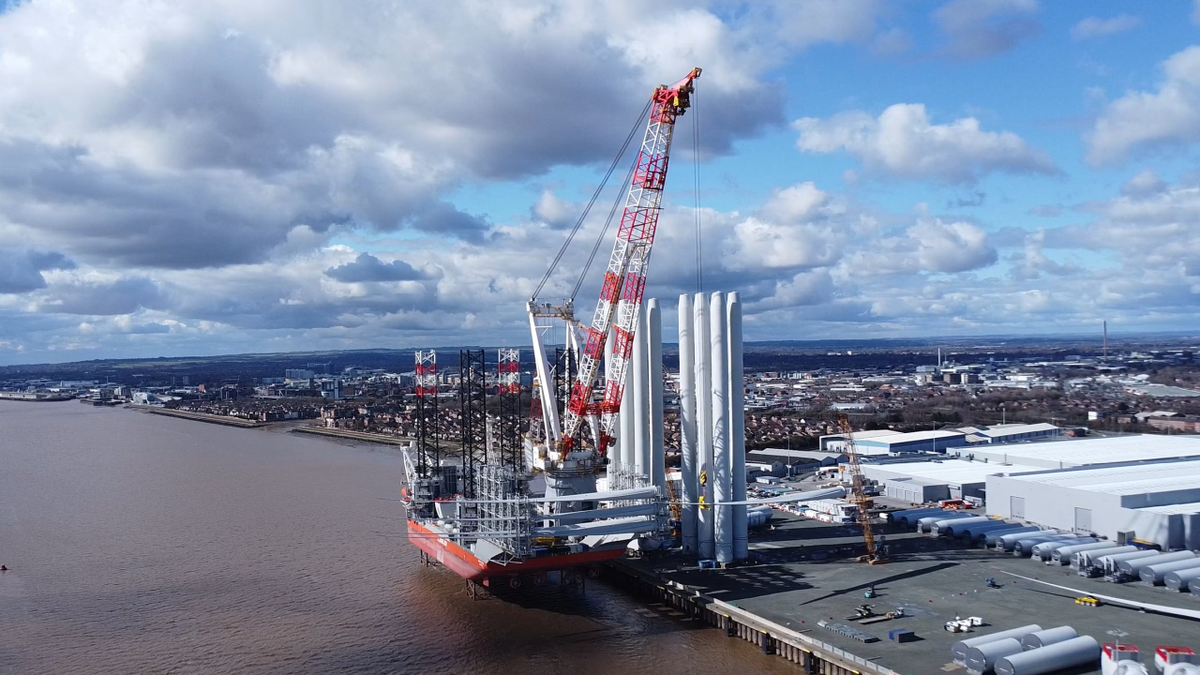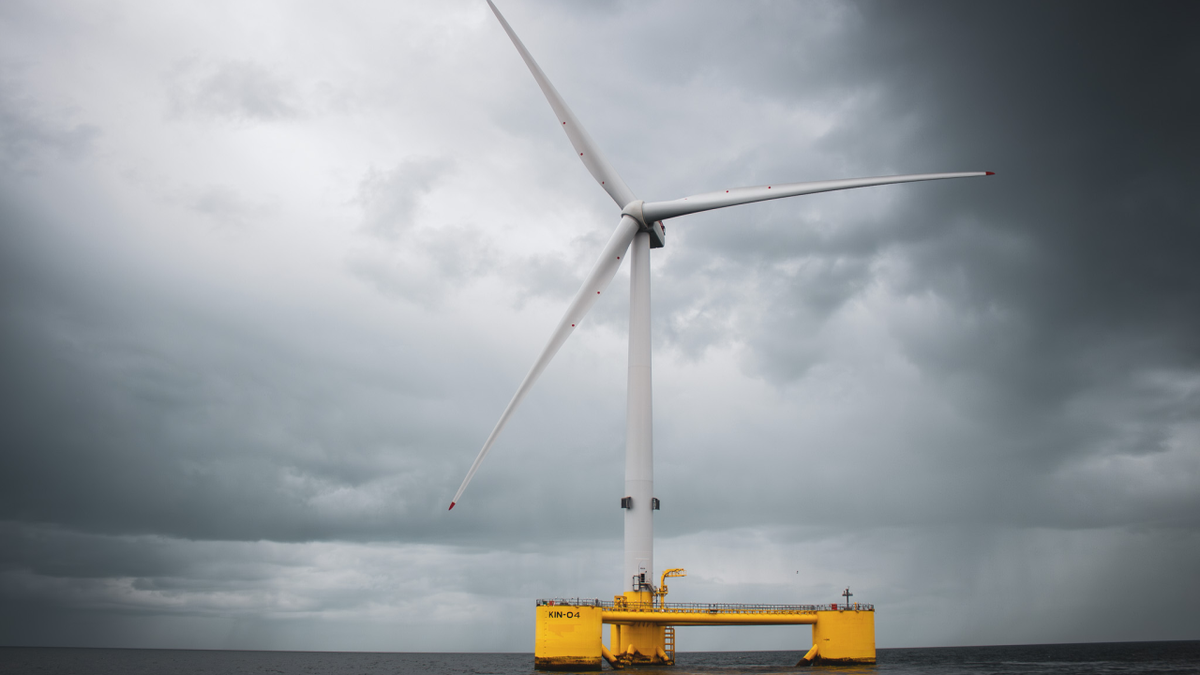Business Sectors
Contents
Groundbreaking to take place for floating wind test rig in Aberdeen
Foundations for a large-scale mooring line test rig are due to be laid shortly at the Offshore Renewable Energy (ORE) Catapult’s Floating Wind Innovation Centre in Aberdeen
The rig at Hareness Road will enable technology development, providing access to test facilities for large-scale synthetic mooring lines that are unavailable at scale elsewhere.
The rig, being developed in partnership with Apollo, is specifically designed to meet the requirements of the floating wind sector. A spokesperson for the ORE Catapult told OWJ it will be the only mooring line rig in the world at this scale, and with this level of functional capability, testing samples up to 75 m in length, with a break capacity of 3,000 tonnes.
ORE Catapult head of engineering Peter MacDonald said, “A market-leading rig of this kind will create a game changing economic opportunity for Aberdeen and the North East of Scotland.
“Mooring line innovation is essential to address the requirements of floating offshore wind, including new materials. This mooring line test rig will provide a catalyst for further investment in the region.
“We are delighted to receive support from the Scottish government and the Energy Transition Zone (ETF) for this project, supporting the growth of floating offshore wind and propelling us towards our Clean Power targets.”
A lack of access to test rigs in the UK could significantly delay floating wind projects. Crucially, the new rig will provide much-needed local access to develop new products and provide the testing required for operational deployment.
The project has secured £1.1M (US$1.4M) for the first phase from the Scottish government’s Just Transition Fund and from the ETF. This will include installing the foundations for the rig, clearing the site, drainage, creating an access road and ensuring it is securely fenced, making it ‘shovel ready’ for full-scale installation.
Apollo marine energies director Nigel Robinson said, “We are very excited to be working with ORE Catapult and the local supply chain to deliver this critical piece of validation equipment. The scope of work aligns ideally with our detailed design capability and there is an excellent opportunity for the local supply chain to undertake the buildout. It will be great to see mooring validation centred here on the North East of Scotland.”
In Scotland, there is currently more than 30 GW of offshore wind in the pipeline from the ScotWind and INTOG leasing rounds. Rough estimates show that if 50% of this was dedicated to floating offshore wind, 1,000 km of synthetic rope would be required. At £1,000 per metre, the market for the moorings could be worth £1Bn.
Work on the Aberdeen site is due to start in January 2026.
Riviera’s Floating Energy: promises, peril and what comes after webinar will be held 4 December. Use this link for more information and to register for these webinars.
Related to this Story
Events
International Bulk Shipping Conference 2025
Tankers 2030 Conference
Maritime Navigation Innovation Webinar Week
© 2024 Riviera Maritime Media Ltd.

